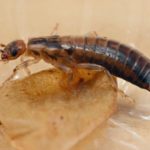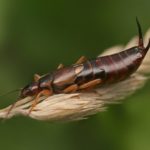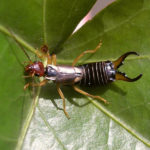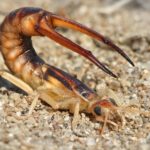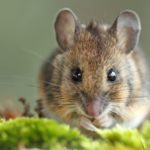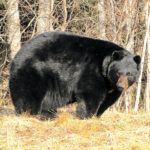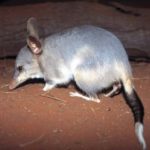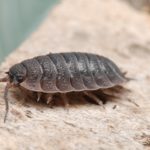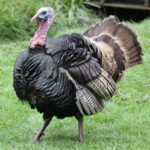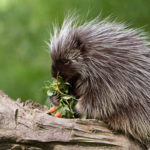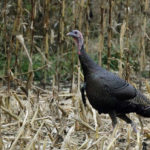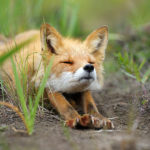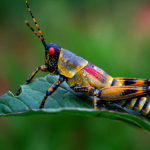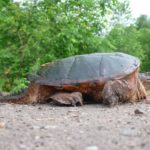Earwigs – information
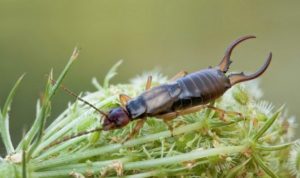 So, Earwigs is a whole detachment including 1967 kinds. Earwigs prefer moist warm places, lifestyle lead, mainly, at night. In food they are not fastidious, eat almost any leaves, fruits and organic remains, and can easily hunt for a suitable size of insects. There are also a number of species that lead a purely predatory and parasitic lifestyle, but this is not ours.
So, Earwigs is a whole detachment including 1967 kinds. Earwigs prefer moist warm places, lifestyle lead, mainly, at night. In food they are not fastidious, eat almost any leaves, fruits and organic remains, and can easily hunt for a suitable size of insects. There are also a number of species that lead a purely predatory and parasitic lifestyle, but this is not ours.
Appearance: the head is red-brown, the chest and paws are light brown, the abdomen and cerci are dark brown, almost black. The length of the body is up to 3 cm. During the day it hides in dark, moist places, under the bark of trees, under objects lying on the ground. He likes various dirty rags, especially working gloves left in the garden.
To multiply the earwig begin in late summer or early autumn. To lay eggs, the female digs up a burrow, about 10 cm deep, where she hibernates, covering her future offspring with her body and guarding him against possible encroachments of other insects, including her relatives and her own male.
The male hibernates with the female, but until the spring, usually, does not live out. In the spring, the female lays another egg laying. Waiting for the exit of the larvae (after 5-6 weeks), continues to guard the offspring for a while, then completes its life cycle, and the larvae begin an independent life. In appearance, the larvae differ insignificantly from adult insects.
Due to food addictions, the earwig is a pest, however, in my memory there was no noticeable damage from them. As usual, everything depends on the number and crowding.
It is also known that earwigs can get into bee hives, where they safely live in a warming material and various crevices, eating honey and even bees. The latter causes me vague doubts, somehow I can not believe that the earwig can cope with the bee. Rather, we are talking about the larvae of bees.

